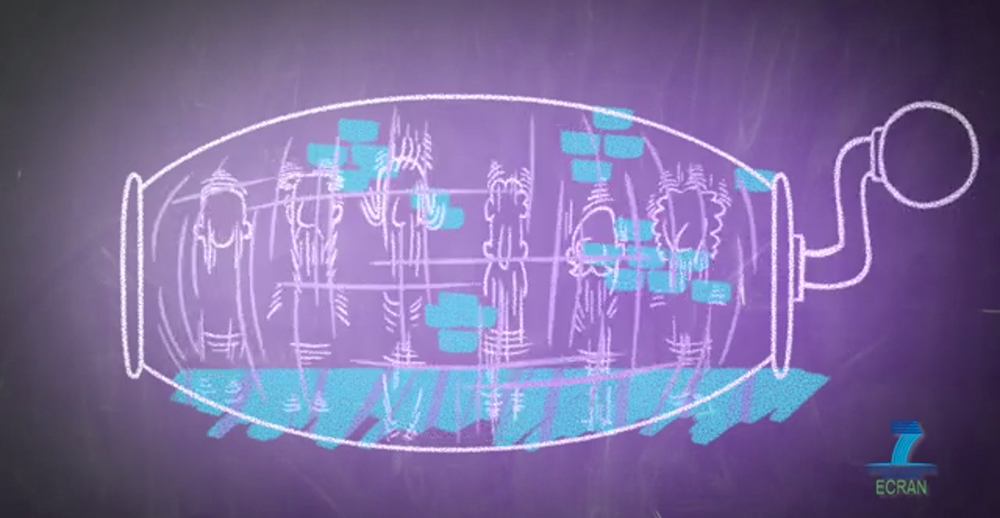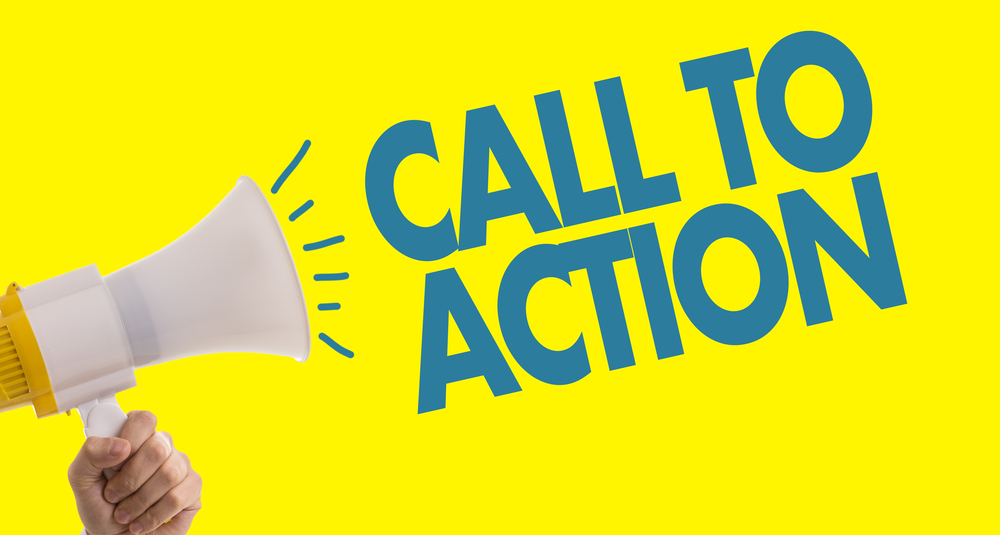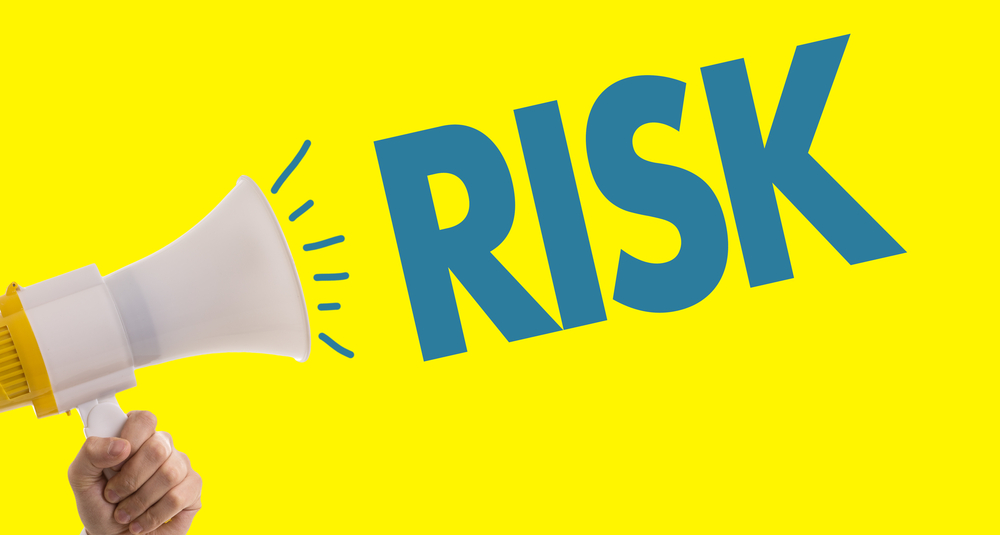ECRAN’s video about “Clinical Research”- How does it stack up?
Posted on 17th April 2014 by Nathan Cantley

If you were asked, “What are the most important aspects to clinical trials to remember?” what would you convey to your audience? A project funded by the EU has tried to do just that in an educational video published late last year.
Who made this resource?
The ECRAN (European Commission on Research Awareness Needs) Project is a project funded by the European Community to help improve the knowledge of your typical European citizen about medical research and support participation in clinical trials [1].
Clinical Research from ECRAN project on Vimeo.
How does it fit in with other resources?
ECRAN have developed a website of resources at www.ecranproject.eu that contains a whole host of documents and information. Alongside this, two fun(ish) games created by the same organisation tries to make some of the science behind drug efficacy and testing treatments more accessible to young people and the general public.
For a website trying to make the importance of clinical trials and key facts about their process, the ECRAN website stacks up ok but with the depth of information outlined directly on the webpages is somewhat lacking and their catalogue of resources confusing and incomplete when you try to access it.
What information does it try and convey?

ECRAN video – explaining blinding in clinical trials
One of the best resources they have produced is a video explaining what clinical trials are and some of their major pitfalls when done incorrectly. This video is split into different parts using James Lind’s discovery of citrus fruit (and indirectly Vitamin C) as a cure for scurvy acting as the backdrop to an explanation of how to do clinical trials well through 6 main points:
-
Having your clinical trial protocol approved by an independent ethics committee
-
Making sure your patients are split into both treatment and control groups that can be either gold standard or placebo ensuring patients are allocated randomly
-
Patients and doctors should be blinded to help reduce the existence of biases in the responses
-
Results should be analysed by independent and unbiased analysts
-
Clinical trials should be replicated in other independent trials
-
Benefits and risks should be evaluated in trials to ensure that trials improve patients lives instead of just being better than another drug
The video also explores other key aspects to clinical trials that should be met to avoid pitfalls in results including
-
Making sure your sample is representative of different age populations and ethnicities
-
Making sure that when there is a treatment already in existence that trials go against that and not just reverting to trials against placebo
What could it do better?
Whilst this is all well and good there are a few criticisms I would have of the resource before you all go and start sharing it:
- The video doesn’t flow well from section to section as an education resource or even flag up what it is trying to convey from the very start. Just having a proper title at the beginning would have been nice. A petty point but worth noting.
- The story at the beginning would have had much more of an impact if they had stated James Lind’s discovery of sources of Vitamin C for scurvy was actually one of the first times someone had tried to do a clinical trial and comparing it to what happened before with medicine and clinical decisions
- It is a video that leaves out a couple of facts I would like to see such as making sure your clinical trial is registered on a trials database or even making sure your clinical trial results are out in the public domain for everyone to evaluate their impact. Considering how important this is at the minute with campaigns like AllTrials (which was out there when the video was originally produced 9 months ago) or the decision of the EU about trial transparency just this month I am surprised to see this video leave out these two important facts amongst others [2]
- It is a video that on one hand tries to ensure it is accessible to the public, to young people and is aimed at the public but then comes out with terms such as myocardial infarction without explanation.
- It also repeats a couple of messages whilst leaving others like the ones outlined above out that whilst good with driving home the message of what should be a proper control I think gets boring by the end
- A note of personal taste, the music in the background and the style of the animation definitely gives the video the feel of one that is targeted at the level of children and not potential clinical trial participants
- The pharmaceutical industry wasn’t mentioned…once. This is surprising. It shows at the end of the video how the EU can be a major funder of independent clinical trials but it would have been nice for it to address the influence Big Pharma has over clinical trials of drugs currently and the potential effects this can have.
Should you use this as an education resource then?
Well yes and no. Because the intended audience of the video isn’t signposted at all (except that it is designed for citizens of the EU) it is hard to tell you for certain whether it is pitched right for the people you might share it with. My overall answer would be yes as long as you give it a proper introduction before you show it to anyone and back it up with comments afterwards about things like the information I mentioned it missing out.
The organisation’s cool games about the different phases of clinical trials at their website are worth a look and a share to any budding young scientists you may have in your family but really the best thing the website has is to direct you towards the book “Testing Treatments” by Imogen Evans and Iain Chalmers amongst other people [3].
Find out more info?
More information about the ECRAN Project and the resources can be found at www.ecranproject.eu whilst copies of Testing Treatments can be found at www.testingtreatments.org (review of which can be found through S4BE here).
References
[1] European Communication on Research Awareness Needs (ECRAN) Home Page, 2013, URL: http://ecranproject.eu/
[2] AllTrials “Europe Votes for Clinical Trial Transparency,” April 2014 URL: http://www.alltrials.net/2014/europe-votes-for-clinical-trial-transparency/
[3] Evans I, Thornton H, Chalmers I, Glasziou P, “Testing Treatments, 2nd Ed” Printer and Martin 2011, URL: http://www.testingtreatments.org/wpcontent/uploads/2012/09/TT_2ndEd_English_17oct2011.pdf



